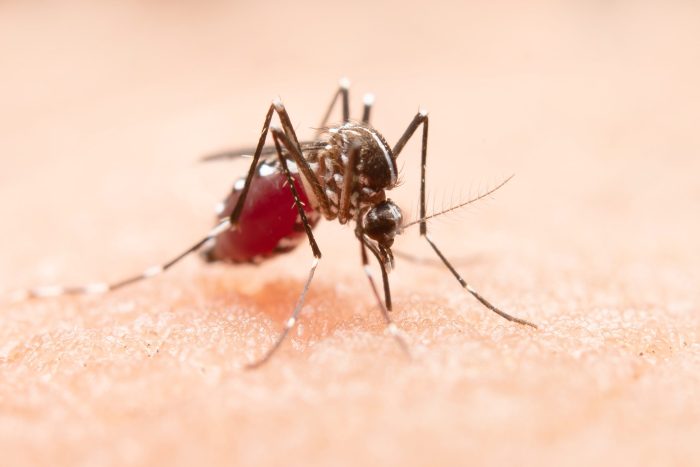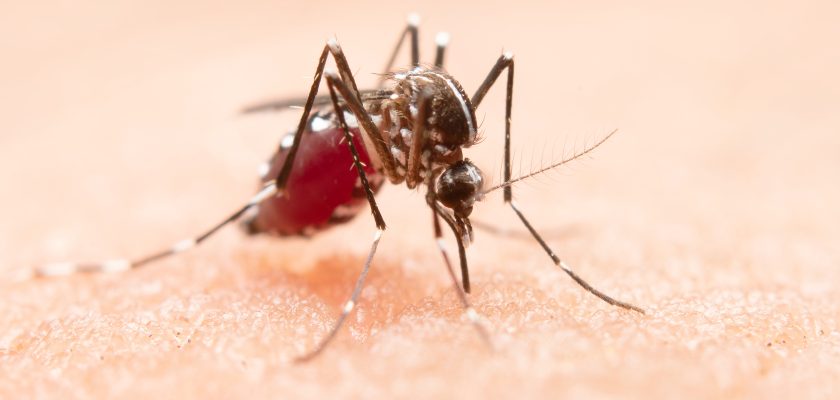
When mosquito-borne illnesses strike, two names often dominate the conversation in tropical and subtropical regions: Chikungunya virus and Dengue fever. While both diseases share similar symptoms and are spread by the same mosquitoes—Aedes aegypti and Aedes albopictus—they differ significantly in their progression, severity, and long-term effects. Understanding these differences is crucial for timely diagnosis, effective treatment, and prevention.
In this article, we explore the origins, symptoms, transmission, treatment, and complications of the Chikungunya virus and Dengue, helping you distinguish between the two and take the right steps if infected.
What Is Chikungunya Virus?
The Chikungunya virus is an RNA virus belonging to the Togaviridae family, first identified in Tanzania in 1952. Its name comes from the Makonde language, meaning “to become contorted,” describing the stooped appearance of sufferers due to joint pain. The disease is typically not fatal but is known for causing debilitating arthritis-like symptoms that can last for weeks or even months.
What Is Dengue?
Dengue, on the other hand, is caused by the Dengue virus, which belongs to the Flaviviridae family. There are four distinct serotypes (DEN-1, DEN-2, DEN-3, and DEN-4), and infection with one type does not guarantee immunity from the others. Dengue can lead to severe complications such as Dengue Hemorrhagic Fever (DHF) or Dengue Shock Syndrome (DSS), which can be life-threatening if not managed properly.
Mode of Transmission: Identical Mosquitoes, Different Diseases
Both the Chikungunya virus and Dengue are transmitted through the bite of infected female Aedes mosquitoes, most active during early morning and late afternoon. These mosquitoes thrive in urban and semi-urban environments and breed in stagnant water.
However, the viruses themselves are different in structure and behavior. Despite similar transmission vectors, the way each virus interacts with the human body leads to varied disease experiences.
Symptoms: Spotting the Differences Early
One of the most confusing aspects for patients and healthcare professionals is that the early symptoms of both diseases can look nearly identical: sudden fever, rash, fatigue, and headache. But there are notable differences:
| Symptom | Chikungunya Virus | Dengue Fever |
|---|---|---|
| Onset of Fever | Abrupt and high-grade | Gradual and moderate to high |
| Joint Pain | Severe and prolonged (often weeks/months) | Mild or absent |
| Muscle Pain | Moderate | Intense |
| Skin Rash | Common, appears within 2–5 days | Common, often accompanied by red spots |
| Bleeding Complications | Rare | Common in severe cases (DHF/DSS) |
| Eye Pain | Less common | Common (retro-orbital pain) |
The Chikungunya virus primarily causes severe joint pain that can mimic rheumatoid arthritis, which is often a clear distinguishing sign from Dengue.
Diagnosis and Laboratory Testing
Both diseases require laboratory testing for confirmation, especially since self-diagnosis is highly unreliable. Common diagnostic tools include:
- RT-PCR tests: Detects viral RNA in the blood.
- Serological tests (IgM and IgG): Identify antibodies for each virus.
- Complete Blood Count (CBC): Low platelet count is a hallmark of Dengue, while white blood cell count may be altered in both.
It’s worth noting that coinfections with both Dengue and Chikungunya virus are possible, complicating diagnosis and treatment.
Treatment: Supportive but Distinct Approaches
Neither Dengue nor Chikungunya virus currently has a specific antiviral treatment. Management is largely symptomatic:
Chikungunya Treatment
- Pain relievers and anti-inflammatory drugs (e.g., paracetamol, NSAIDs)
- Adequate rest and hydration
- Physical therapy for joint pain in chronic cases
Dengue Treatment
- Fever management (paracetamol only—avoid NSAIDs like ibuprofen due to bleeding risk)
- Close monitoring for signs of DHF or DSS
- Hospitalization in severe cases
- Platelet transfusions if necessary
The Chikungunya virus often results in longer recovery times, especially due to persistent joint stiffness, whereas Dengue can escalate rapidly into life-threatening complications if not closely monitored.
Complications and Long-Term Effects
While most patients recover from both diseases, some complications can linger:
Chikungunya virus may cause:
- Chronic joint inflammation
- Neurological issues in rare cases (e.g., encephalitis, Guillain-Barré syndrome)
- Debilitating fatigue
Dengue may lead to:
- Severe hemorrhage
- Organ damage
- Persistent low platelet count
- Recurrent infections with different serotypes that increase risk for DHF
Prevention: The Best Defense
Since no commercial vaccine for the Chikungunya virus is widely available yet (although some are in development), and Dengue vaccines are only recommended for previously infected individuals, prevention remains the most effective strategy:
- Use insect repellents containing DEET or picaridin
- Wear long-sleeved clothing and pants
- Install window screens and use mosquito nets
- Remove standing water around your home
- Use larvicides in water storage containers
Chikungunya Virus in India and Global Trends
In recent years, the Chikungunya virus has resurged in many parts of India, often overlapping with Dengue outbreaks, especially during the monsoon season. Urbanization, poor waste management, and climate change contribute to the increasing mosquito population, making both diseases more prevalent. Global travel has also allowed these viruses to reach non-endemic areas, highlighting the need for greater awareness and preventive infrastructure.
Conclusion: Know the Differences, Stay Prepared
Both Dengue and the Chikungunya virus pose serious public health risks and are often confused due to their overlapping symptoms and common mosquito vector. However, their key differences—in terms of joint pain severity, bleeding risk, and long-term complications—can guide better diagnosis and treatment.
Awareness is the first line of defense. Recognizing the distinctions between the Chikungunya virus and Dengue empowers individuals, communities, and healthcare systems to respond more effectively and avoid unnecessary complications.

